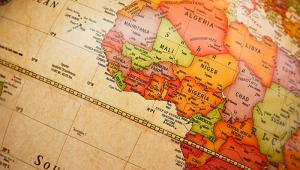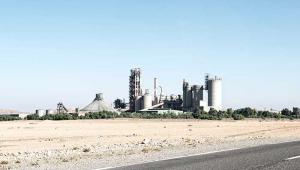Statistics released by the OECD’s Development Assistance Committee today found that fears of a dip in government aid flows had not been borne out. Indeed, ODA in 2014 showed a real-terms increase on 2013 levels. As a share of gross national income, ODA was 0.3%, short of the 0.7% demanded by the United Nations.
Top donors by volume were the US, UK, Germany, France and Japan. However, of these only the UK met the UN’s target of devoting 0.7% of GNI to ODA. The others were Norway, Denmark, Luxembourg and Sweden.
Just over 70% of total ODA was provided by G7 nations, with 55% coming from European Union countries. EU institutions disbursed a total of $16.5bn in ODA.
The largest single recipient of ODA in 2014 was Afghanistan, which received aid totalling $4.8bn. Vietnam and Syria were the next largest recipients receiving $4.2bn each, followed by Pakistan, Ethiopia ($3.6bn each), Egypt ($3.5bn) and Turkey ($3.4bn).
There was, however, a 9.3% real terms decline over the year in the amount of ODA sent to members of the group of Least Developed Countries, who received ODA totalling $43.7bn. The OECD said much of this was the result of lower levels of debt relief, which had been relatively high in 2013 because of assistance provided to Myanmar.
Once debt relief grants were excluded, ODA to least developed countries fell by about 4.6%.
Total ODA to sub-Saharan Africa was $44.3bn, a real-terms decrease of 4.4% from 2013. Excluding debt relief, the decrease was 2.7%.
The anti-poverty ONE Campaign called the figures a “depressing start to the new year” as they showed a fall in aid to world’s poorest countries.
Adrian Lovett, Europe executive director at the ONE Campaign, said: “Aid to those countries fell to less than 30% for the first time since 2005 – a cut of almost $2bn. Meanwhile, donor countries increased the amount they spent at home to cover refugee costs by almost the same amount. As more aid is diverted to offer vital help to the increasing numbers of refugees arriving in richer countries, people in desperately poor nations are paying the price.
“Last year, world leaders promised to reverse the decline in aid to the least developed countries. Instead, it has got worse – and increasing numbers of refugees in 2015 mean the problem has almost certainly got even more serious.”













